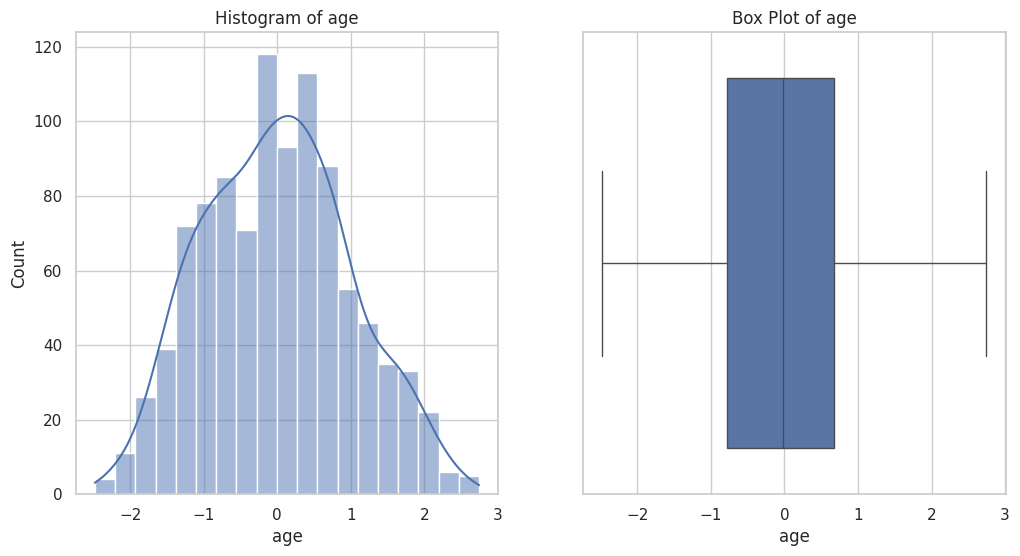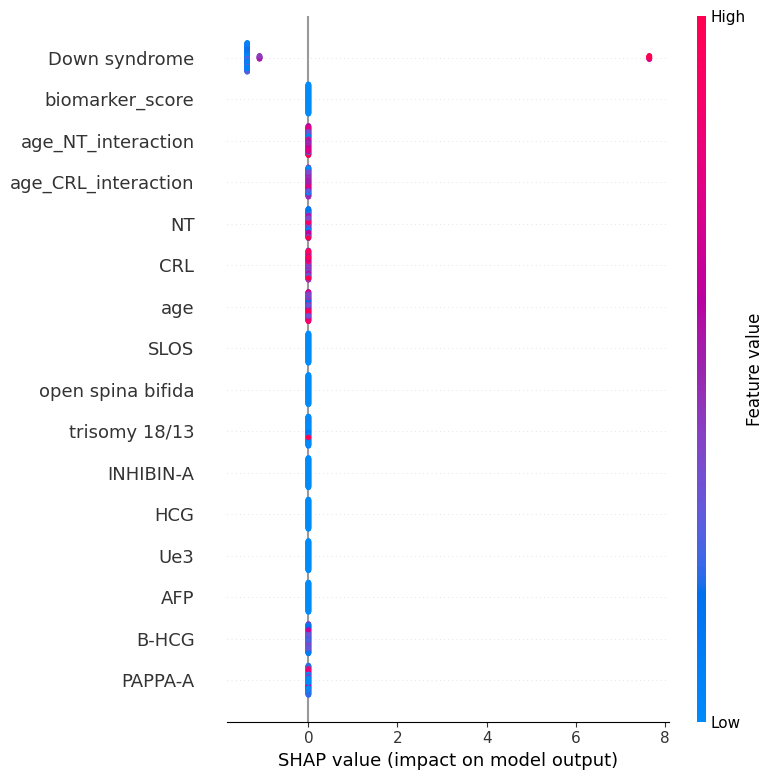Frontiers in Biomedical Signal Processing | Volume 1, Issue 1: 1-23, 2025 | DOI: 10.62762/FBSP.2025.731159
Abstract
This study employs K-means clustering to analyze long-term cardiovascular complications in COVID-19 patients through ECG parameters, demographics, comorbidities, and hospitalization data. Three distinct clusters emerged: Cluster 0 (moderate heart rate variability/ICU admissions), Cluster 1 (lower variability/admissions), and Cluster 2 (higher variability/admissions, indicating elevated risk). Bootstrap validation confirmed model robustness, supported by high silhouette scores and consistent cluster labels. The novel integration of multimodal data with machine learning revealed hidden cardiovascular outcome patterns, demonstrating clinical utility for risk stratification. Findings underscore... More >
Graphical Abstract



